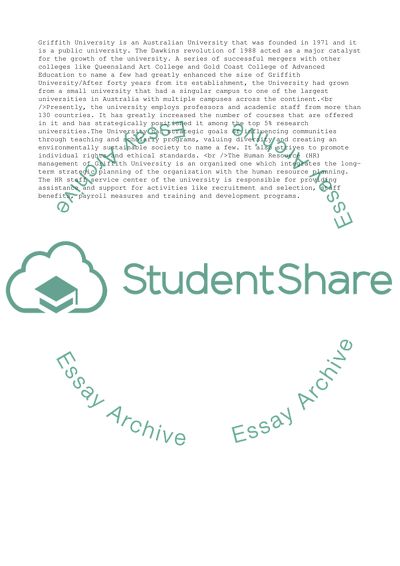Cite this document
(“Performance Management System Griffith University Assignment”, n.d.)
Performance Management System Griffith University Assignment. Retrieved from https://studentshare.org/management/1658411-performance-management-system-griffith-university
Performance Management System Griffith University Assignment. Retrieved from https://studentshare.org/management/1658411-performance-management-system-griffith-university
(Performance Management System Griffith University Assignment)
Performance Management System Griffith University Assignment. https://studentshare.org/management/1658411-performance-management-system-griffith-university.
Performance Management System Griffith University Assignment. https://studentshare.org/management/1658411-performance-management-system-griffith-university.
“Performance Management System Griffith University Assignment”, n.d. https://studentshare.org/management/1658411-performance-management-system-griffith-university.


